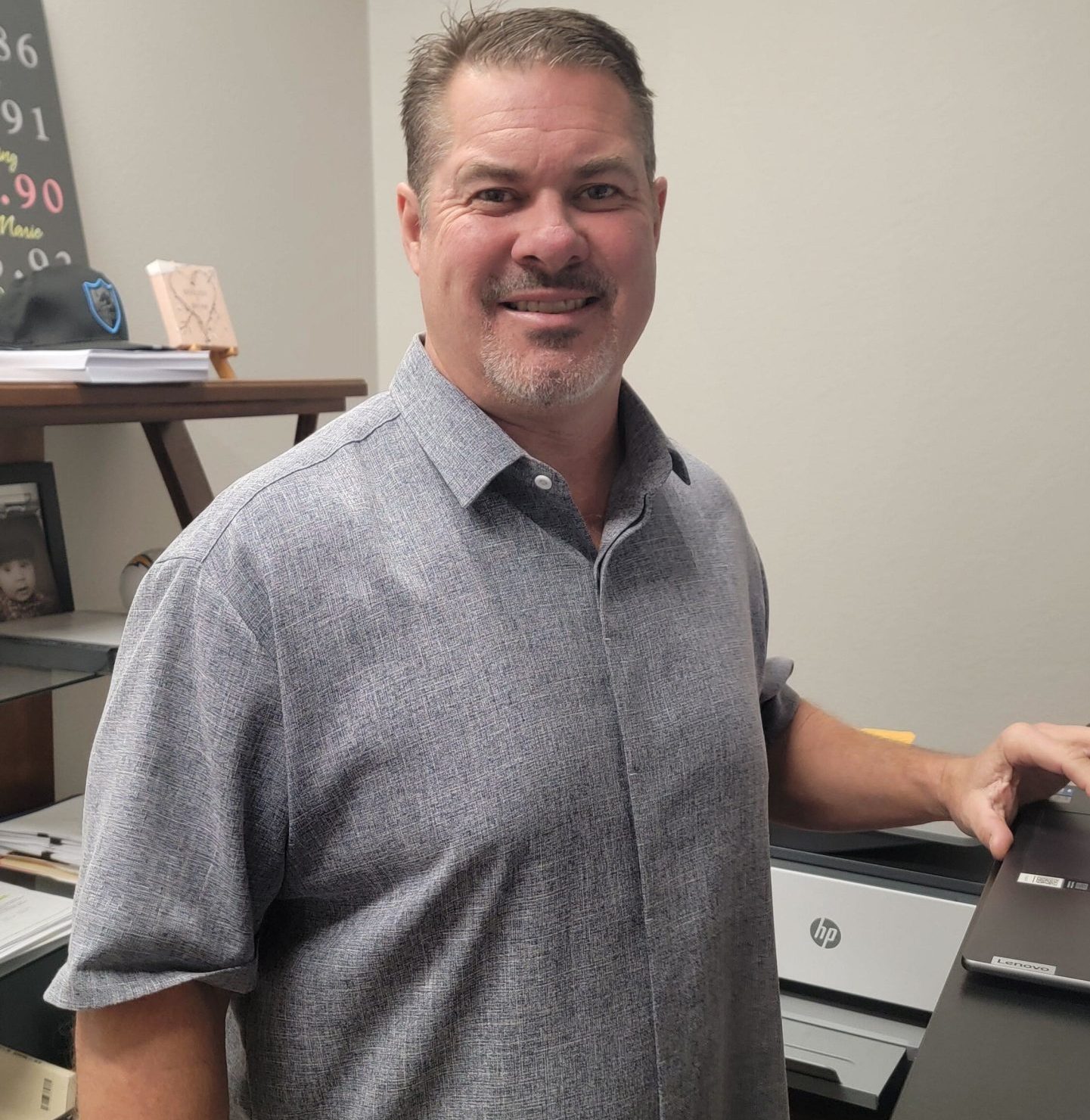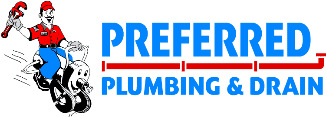
Toilet Clog or Sewer Line Issue? Here’s How to Know for Sure
If you could take an X-ray of your home, you’d see a hidden maze of pipes quietly managing everything you flush or drain. These systems, basically your home’s drains and the main sewer line, work together to carry wastewater safely away.
However, when something goes wrong, it’s not always easy to determine where the problem originates. A slow-draining toilet might just need a quick fix, or it could signal a much deeper issue in the sewer line.
Calling experienced plumbers is the smartest move. They know how to pinpoint whether it’s a localized clog or a full-scale sewer issue and how to fix it fast!
Sign A Clog Is In Your Toilet, Not Your Sewer
Toilets usually clog when unwanted waste, such as toilet paper or unflushed waste, can be easily unclogged using a plunger or chemical drain cleaner. However, it is important to exercise caution to avoid damage to the pipes.
But, before that, understand the signs of a clogged toilet -
- Just one fixture (either the sink or the toilet) is having trouble
- Backup happens only in a specific spot
- The rest of the plumbing works just fine
- No stronger sewage smell
What If The Sewer Line Is Clogged?
- DIY doesn’t help!
- Water overflows in low spots.
- Strange bubbling or gurgling noise
- Several drains start acting up all at once
- Persistent sewage odor throughout the house
- Flushing the toilet causes it to rise or overflow
- Running water in the room causes a backup in another area
| Need emergency plumbing? Our 24/7 service is just a call away - Reach out now! |
What’s The Difference Between A Clogged Toilet And A Backed-Up Sewer?
Here’s how you can tell the difference between a clogged toilet and a backed-up sewer -
1. Affected Features
A clogged toilet usually affects only a single fixture, the toilet itself. Other household plumbing fixtures like sinks, bathtubs, and showers typically continue to function without issue. The problem is isolated, so only the immediate plumbing connected to that one toilet is impacted.
In contrast, a sewer backup involves multiple plumbing features across the house. You may notice issues with toilets, bathtubs, sinks, floor drains, and even machines. Essentially, a drain connected to the main sewer line can be affected when there’s a blockage or damage in the main systems.
2. Water Level In The Bowl
A clogged toilet will show a high water level in the bowl after flushing. The water may drain very slowly or remain stagnant. This indicates a blockage in the toilet’s trap or immediate drain line. The issue is confined to that specific toilet and does not affect other fixtures.
On the other hand, a sewer backup affects the entire drainage system. You may notice multiple drains or toilets gurgling or overflowing, and water may appear in the lower fixtures, like basement drains. This points to a blockage in the main sewer line.
3. Sounds
When you flush a clogged toilet, it may produce bubbling or gurgling sounds as trapped air pushes through the water. This is caused by the blockage near the bowl or in the immediate pipe. These sounds are localized to that toilet.
A sewer backup, however, produces strange gurgling sounds in different areas of the house, especially in tubs, floors, drains, or sinks, whenever another fixture is used.
4. Odor
Without a clogged toilet, unpleasant smells are usually limited to the bathroom and stem from waste that can’t pass through the pipe. It may smell bad, but not overwhelmingly. A backed-up sewer emits a strong, foul sewage odor that often permeates multiple rooms in the house.
The smell is caused by raw sewage being pushed back into the home due to a blockage in the main sewer line. This stench is difficult to ignore and may also indicate a serious health hazard due to the presence of bacteria and gases.
5. Water Appearance
In a clogged toilet, the water in the bowl might be cloudy, dirty, or brownish - it contains waste and toilet paper that won’t flush. However, the issue remains confined to that one fixture.
A sewer backup can result in black or murky water backing up into sinks, tubs, or floor drains. This water is usually contaminated with waste from multiple sources, like the kitchen, laundry, and bathroom. It also contains harmful bacteria.
6. Location Of Problems
A toilet clog only affects the toilet. Other fixtures, such as sinks, bathtubs, and toilets, continue to function normally. It’s a localized problem often caused by too much paper or non-flushable items.
A sewer backup, on the other hand, causes issues throughout the home. You might notice that the drain is working slowly or that several locations in your home are experiencing backflow. If more than one fixture is functioning weirdly, you’re likely to deal with a mainline issue.
7. Resolution
It is generally easy to fix a clogged toilet. You can use an auger or a plunger to dislodge the blockage. Homeowners often opt for DIY clearing up the blockage without the need for a professional.
In contrast, a sewer backup is a serious plumbing emergency that requires the services of a licensed plumber. They use specialized tools, such as cameras and hydro-jetters, to locate and remove the blockages. In severe cases, excavation or pipe replacement may be necessary.
Clogged Toilet Vs. Backed-Up Sewer Line: At A Glance
Here is a table showcasing the difference between a clogged toilet and a backed-up sewer line -
| Feature | Clogged Toilet | Backed-Up Sewer Line |
| Affected Fixtures | Usually, it impacts only the toilet where the clog is. | Affects multiple drains (toilets, showers, sinks) in the lowest levels of your home. |
| Water Level in Bowl | Rises high and drains very slowly or not at all after flushing. | Water may back up into the bowl even when not flushed, or when other fixtures are used. |
| Sounds | May hear gurgling from the affected toilet only. | Gurgling sounds from multiple drains, especially when water is run elsewhere. |
| Odors | Generally, there is no strong sewage odor. | Strong, foul, sewage odors are typically present from multiple drains. |
| Water Appearance | The water in the bowl is usually clear, just not draining. | Water backing up can be murky, brown, or contain sewage/debris. |
| Location of Problem | Localized within the toilet trap or the immediate waste pipe. | Further down the main drain line (sewer lateral or municipal sewer). |
| Resolution | Often resolvable with a plunger or toilet auger. | Requires professional intervention (sewer snake, hydro-jetting, or excavation). |
How Do Professionals Handle a Sewer Line?
Handling a sewer line is not as easy as clearing up toilet clogs and requires a professional. They start by understanding the cause of the problem.
For this, they use specialized micro cameras to inspect the pipes underground. If it’s a small issue, like a crack or tree root intrusion, they consider opting for spot treatments, with no digging required. If you've some serious sewer issues, the whole line might need to be replaced. This may involve either excavation or trenchless methods like pipe bursting or lining.
Although it may seem like an intimidating task, professionals handle it efficiently and effectively. When you see or experience persistent clogs, act immediately. This can save you from a messy backup later. So, when you see signs like slow drains or persistent clogs, call one of the best plumbers in Oakland. They help you decide on the best route.
| Get your drains fixed. Contact us today! |
Takeaway
When dealing with plumbing issues, knowing the difference between a simple toilet clog and a main sewer line backup can make all the difference. One is a quick fix. The other could lead to costly repairs if ignored.
If you’re seeing signs across multiple drains or hearing odd noises, don’t wait. Reach out to trusted plumbers in the region who can accurately diagnose the issue and get your system back on track before the problem worsens.
Read More About:
- How to Fix a Clogged Dishwasher and Avoid Future Issues
- Detect Hidden Drain Issues with Video Camera Inspections
- How to Keep Tree Roots Out of Your Sewer Lines
- Hydro Jetting vs. Snaking: What’s the Best Fix for Your Drain Problems?
Don’t Ignore Your Clogs And Sewer Backup. Call Preferred Plumbing And Drains For Reliable Help!
Preferred Plumbing and Drain provides the best plumbing services in Oakland for clogs and sewer line issues, backed by years of experience in the field. We have a track record of 100% customer satisfaction. Hence, we are trusted by our community and other nearby regions. Call us now to book an appointment!

Bryan Graves has been in the plumbing and drain cleaning industry since 1989, starting as a service technician. He served as Vice President to the CEO until 2006, which is when he started his own business, Preferred Plumbing & Drain. For the past 19 years, he has kept a 97% customer satisfaction rating by making sure every customer of Preferred Plumbing & Drain is happy enough to recommend us to others. When Bryan is not working, he enjoys spending time with his family, going boating, and watching sports.


 Request a Service
Request a Service